15 Facts About ‘Spirited Away’ And Other Studio Ghibli Movies
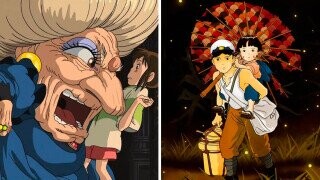
When Spirited Away was unleashed onto the world back in 2001, lots of people were still wrapping their heads around animation being more than a kid's genre. Studio Ghibli's story about Japanese folklore and the terrifying No-Face abolished all such silliness, and the rest of the world got to experience more of this groundbreaking animation studio’s incredible films ...
My Neighbor Totoro

Toho
Back in the '80s, when the studio was making their third full-feature animation, they only had eight animators working for them. Yet, the studio still managed to finish the movie about a giant tanuki owl riding a bus that looks like a cat in just eight months.
Spirited Away And The Bubble Economy Of The ‘80s

Toho
In a letter to a fan asking about Chihiro’s parents turning into pigs, Studio Ghibli said that it was a representation of how people turned into pigs during Japan’s bubble economy in the ‘80s. They further said that when someone becomes a pig, they acquire “the body and soul of a pig,” which “doesn’t just apply to the fantasy world.”
Hayao Miyazaki has also stated that, in his opinion, the behavior of pigs is pretty similar to human behavior. “I really like pigs at heart, for their strengths as well as their weaknesses. We look like pigs, with our round bellies. They're close to us.”
The Author Almost Canned Kiki’s Delivery Service

Toei Company
Studio Ghibli’s movie about a young trainee witch who loses her witchy powers was based on a novel by Eiko Kadono.
The studio made a myriad of changes to Kadono’s original story — which consisted of a series of short tales that never saw Kiki experiencing anything bad or traumatic — and the author was reportedly so unimpressed with the script that the project was on its way to the can. It took a personal visit from Miyazaki and producer Toshio Suzuki (as well as an invitation to their studio) to convince Kadono that the movie would work.
Grave Of The Fireflies Was Based On A True Story
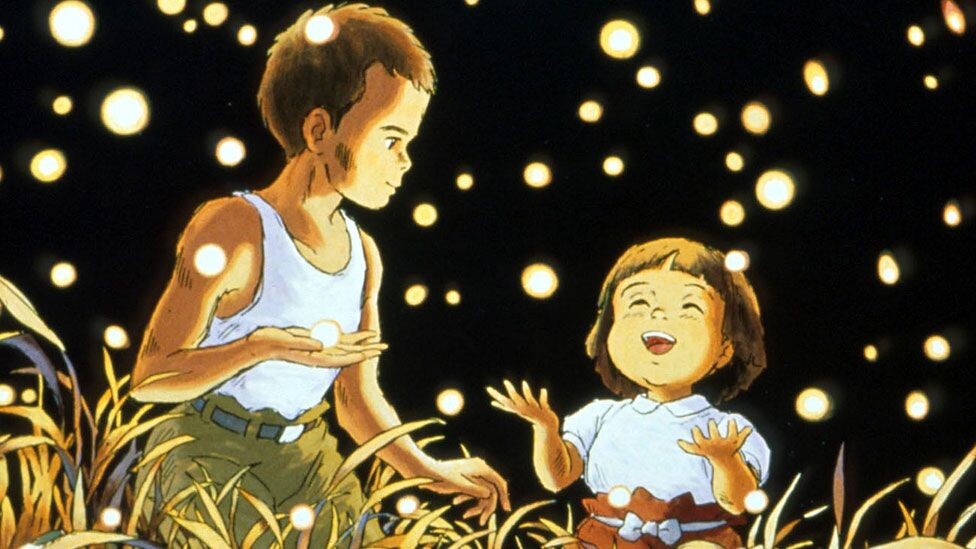
Toho
One of Studio Ghibli’s first films — and one of the most haunting war movies cinema has ever seen — was based on a novella by Akiyuki Nosaka, who wrote a lot of his own experiences into his story. Nosaka was a teenager during World War II who was adopted by his bomb-injured aunt and haunted by his younger sister, who starved to death when she was 16 months old. Nosaka said in an interview: “My sister's death is an exact match with the novel. It was one week after the end of the war.”
Director Isao Takahata also had a personal connection to the story. When his hometown was bombed by U.S. forces in 1945, the 9-year-old and his older sister were separated from their family. His sister was wounded by a bomb, and it took days for the two of them to be reunited with their people.
Spirited Away And Apathetic Pre-Teen Girls

Toho
Hayao Miyazaki got his inspiration for the award-winning film after going on a cabin trip with his friends and experiencing their pre-pubescent daughter’s general indifference toward everything. Miyazaki decided to make a movie about a heroine that young girls could look up to.
“I felt this country only offered such things as crushes and romance to 10-year-old girls,” Miyazaki said in a 2001 interview. “And looking at my young friends, I felt this was not what they held dear in their hearts, not what they wanted. And so I wondered if I could make a movie in which they could be heroines.”
The Real Katana Story
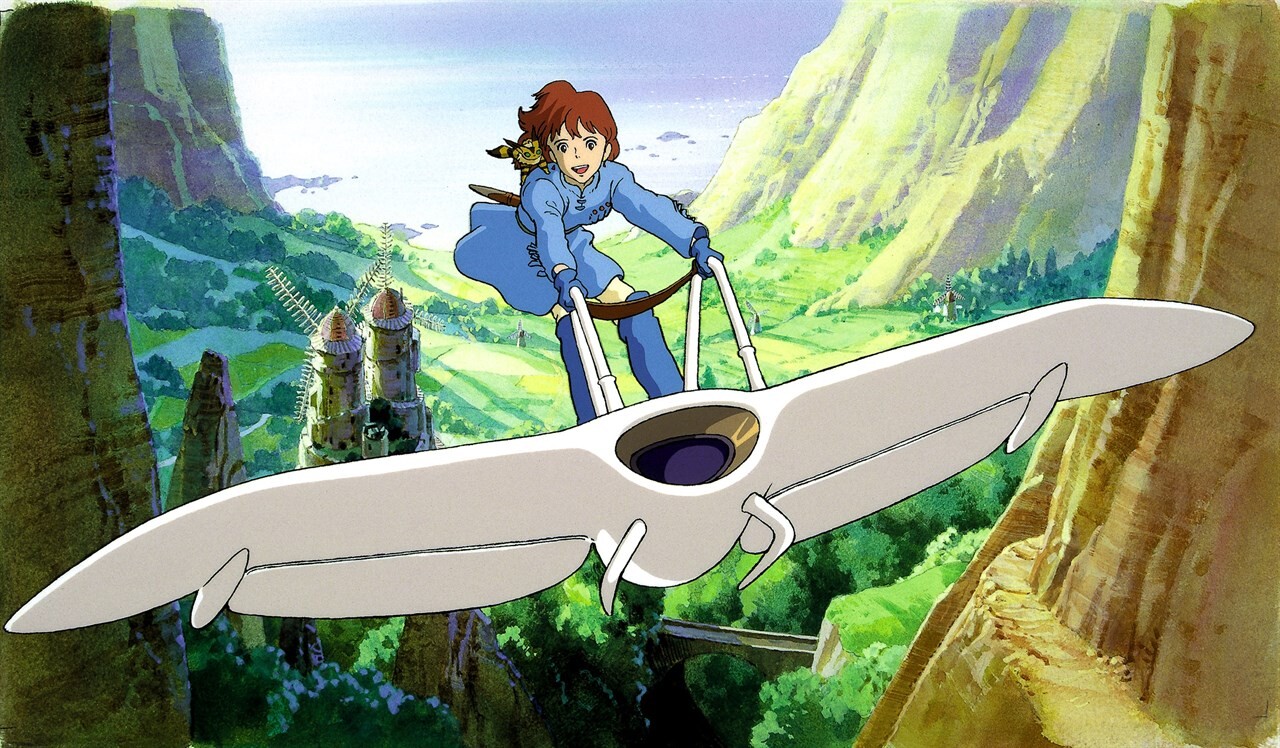
Toei Company
At one point, the U.S. was notorious for cutting Studio Ghibli movies into shreds so they’d supposedly be more appealing to Western audiences. A full 22 minutes of Nausicaä of the Valley of the Wind was cut to make it look like a kid's adventure story without any real nuance.
The story goes that when Miramax acquired the distribution rights for Princess Mononoke, director Hayao Miyazaki sent Harvey Weinstein an actual samurai sword with a note that said, “No cuts.” It was, in fact, Studio Ghibli producer Toshio Suzuki who sent the threatening symbol to Weinstein.
Porco Rosso Was Supposed To Be An In-Flight Film

Toho
The animation about a former Italian World War I fighter who chases air pirates was initially supposed to be a short-film project for Japan Airlines to add to their in-flight movie selection. When war broke out in Yugoslavia, the project was shifted to make a full-feature film with a more serious tone.
Neil Gaiman Wrote The English Script For Princess Mononoke

Toho
Miramax hired Gaiman to adapt the Japanese script for an English audience. Gaiman added dialogue to explain some of the Japanese cultural references, and changed some Japanese sayings to better translate to western folk. For instance, in a scene from the original, Jigo Bo complains that a bowl of soup tastes like hot water — an insult in their culture, but hardly anywhere else. So Gaiman changed it to “horse piss” instead.
When Miramax argued that the audience wouldn't buy a prince who has a village kingdom and wears bad clothes, Gaiman told them that audiences aren't stupid.
The Art Of “Ma”
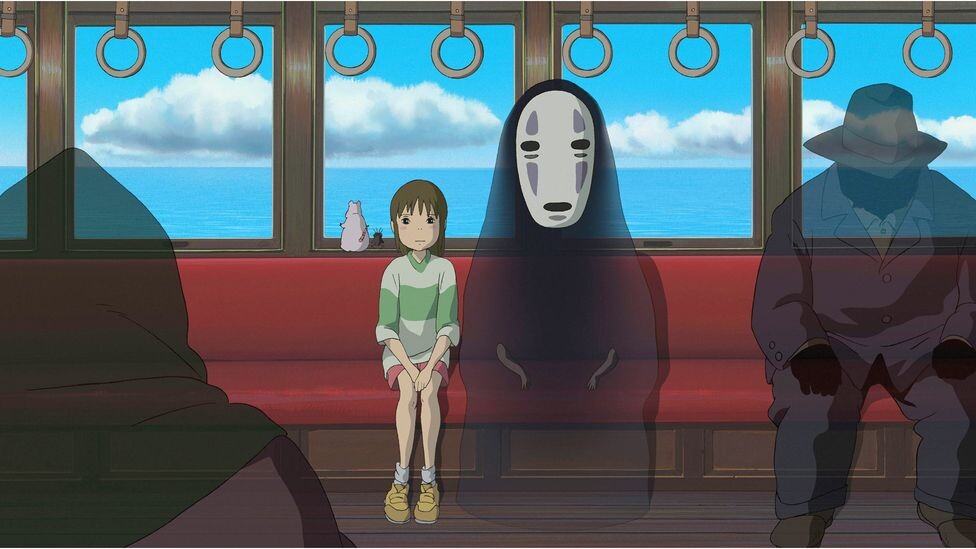
Toho
Hayao Miyazaki uses a technique called “Ma” — which translates to “interval” or “emptiness” — and it describes the scenes in which everything is quiet, and the action is subdued to either serve as a breather or build tension in the silence.
In the original Japanese version of Spirited Away, this technique is seen when Chihiro first sees the bathhouse and doesn’t speak at all. The English adaptation had her narrate the experience because, apparently, American audiences wouldn’t understand.
Warriors of the Wind

New World Pictures
When Nausicaä of the Valley of the Wind was acquired by Manson International for its U.S. release, they not only cut 22 minutes from the film — and a lot of the heroine’s story — but they also changed the title to Warriors of the Wind and smacked three Masters of the Universe-type male characters on the poster, even though those characters weren’t even in the film. It’d be like plastering The Three Musketeers all over the Pocahontas poster.
Two Batman Actors Have Starred In Studio Ghibli Movies

Warner Bros. Studios
Many big stars have given their voices to create the English versions of the Japanese studio’s repertoire, and both Christian Bale and Michael Keaton have Ghibli on their resumés. Bale voiced Howl in Howl’s Moving Castle, and Keaton starred as the main character in Porto Rosso.
The Cat Returns Was Going To Be A Short For A Theme Park
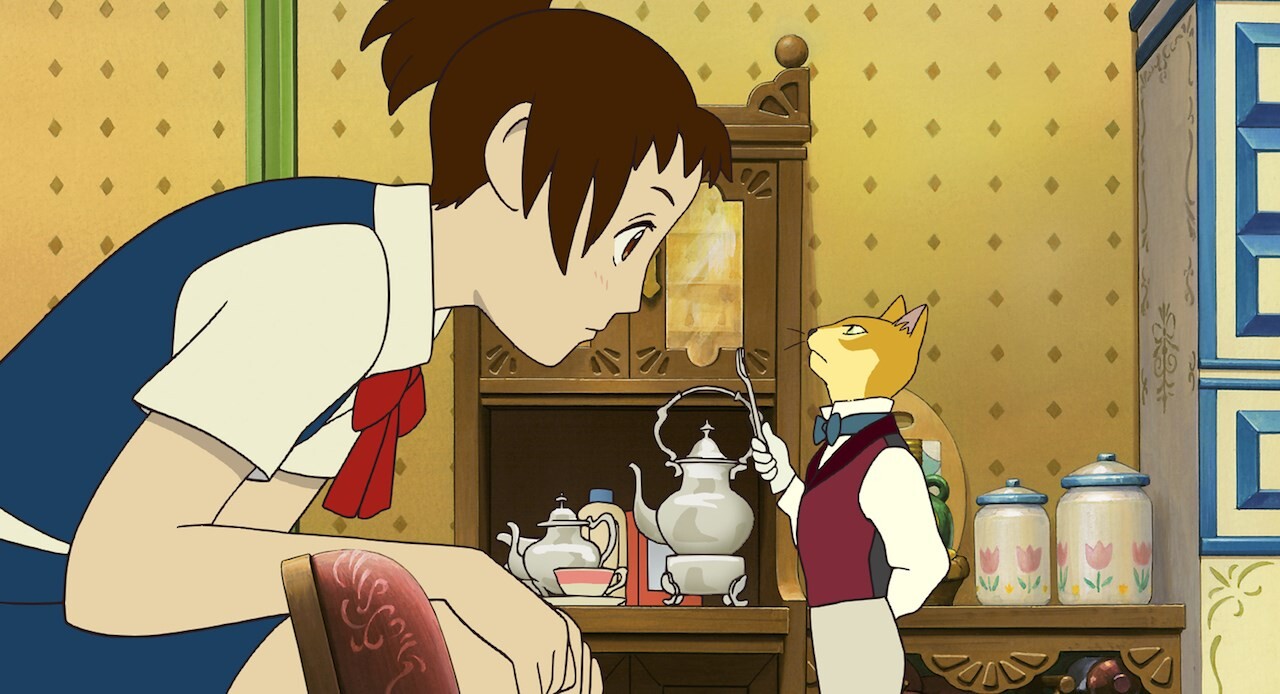
Toho
The 2002 fantasy film directed by Hiroyuki Morita was initially drafted as a 20-minute short film requested by a Japanese amusement park. The project was soon canceled, but the studio decided to crack on with it and make a full-length spin-off of Whisper of the Heart about a teenage girl who can talk to cats.
Spirited Away And Character Names

Toho
All the character names have either direct or special meanings. Chihiro's name reportedly means “a thousand” and “asking questions” or “seeking.” Chihiro's new name, Sen, simply means “a thousand” as she’s stripped of her identity. Boh means “son” or “little boy,” Zeniiba means “money witch,” and Kamaji means “old boiler man.”
Whisper Of The Heart And Those Fantastical Backgrounds

Toho
The 1995 film (that would inspire the Lofi Girl image decades later) features some incredible background images created by Japanese surrealist painter Naohisa Inoue.
The illustration of the musician was created by professional wood carver Keisuke Miyazaki, Miyazaki's son.
The River Spirit In Spirited Away

Toho
The memorable muddy scene in which the River Spirit (or the Stink Spirit) visits the bathhouse for one helluva scrub was based on Miyazaki’s own experience during an environmental cleanup.
“There is a river close to where I live in the countryside. When they cleaned the river, we got to see what was at the bottom of it, which was truly putrid. In the river, there was a bicycle, with its wheel sticking out above the surface of the water. So they thought it would be easy to pull out, but it was terribly difficult because it had become so heavy from all the dirt it had collected over the years. Now they've managed to clean up the river, the fish are slowly returning to it, so all is not lost. But the smell of what they dug up was really awful. Everyone had just been throwing stuff into that river over the years.”
Thumbnail: Toho